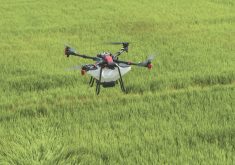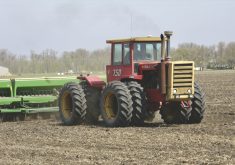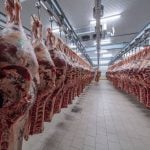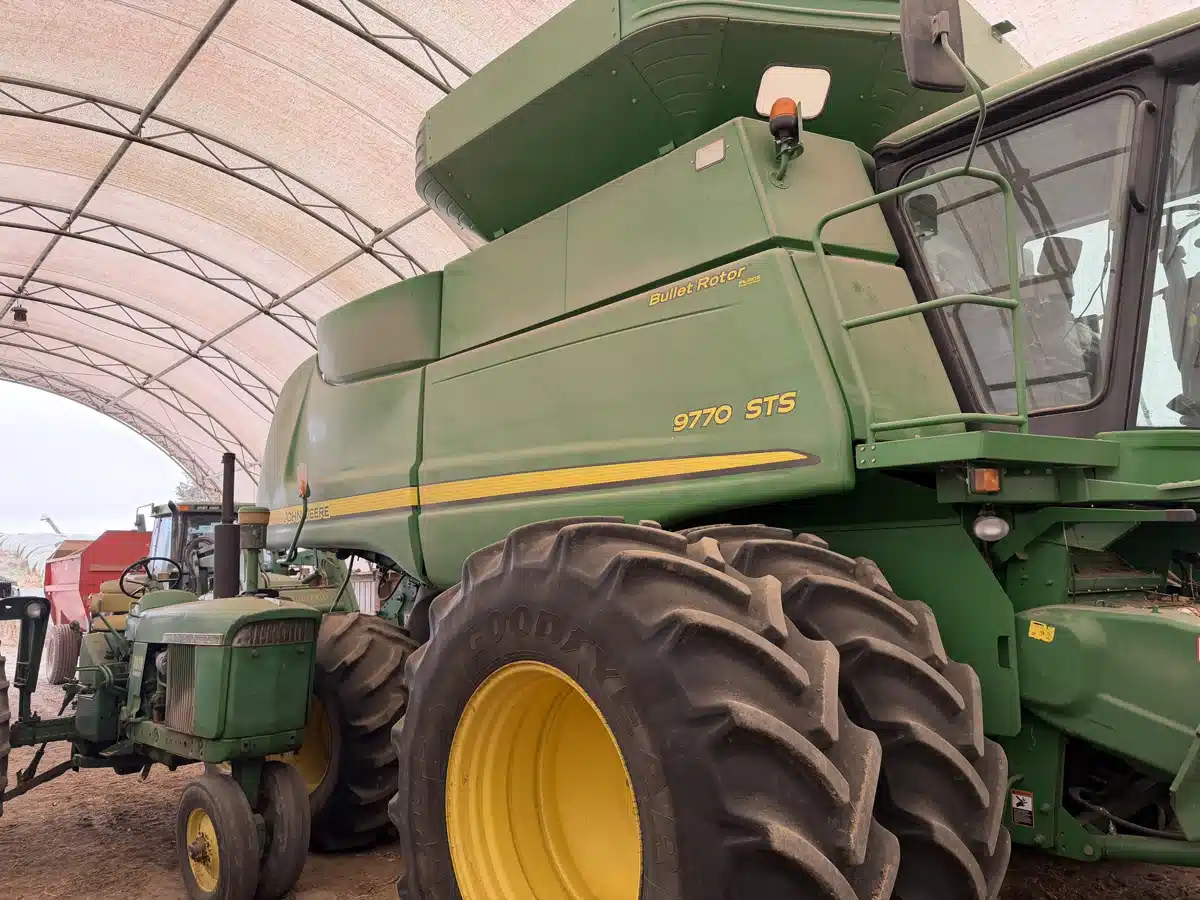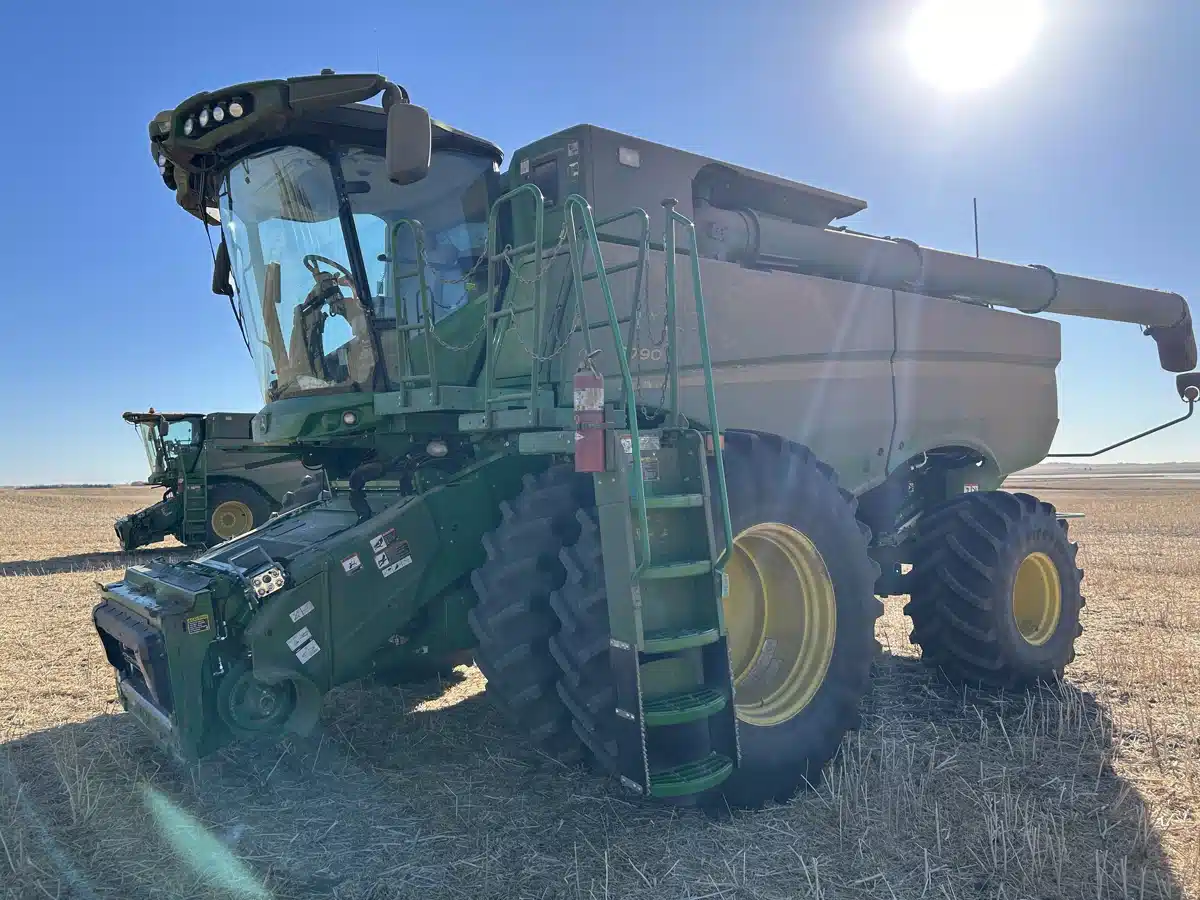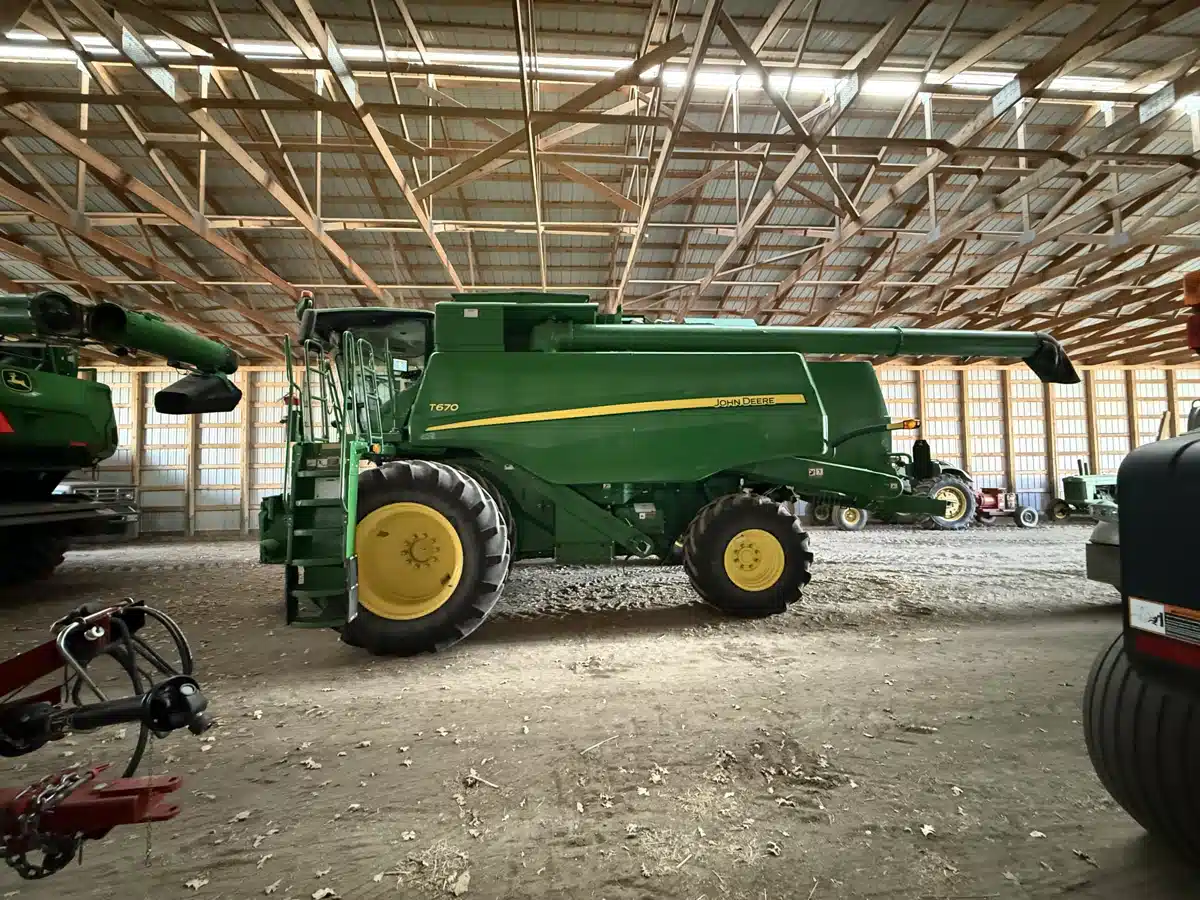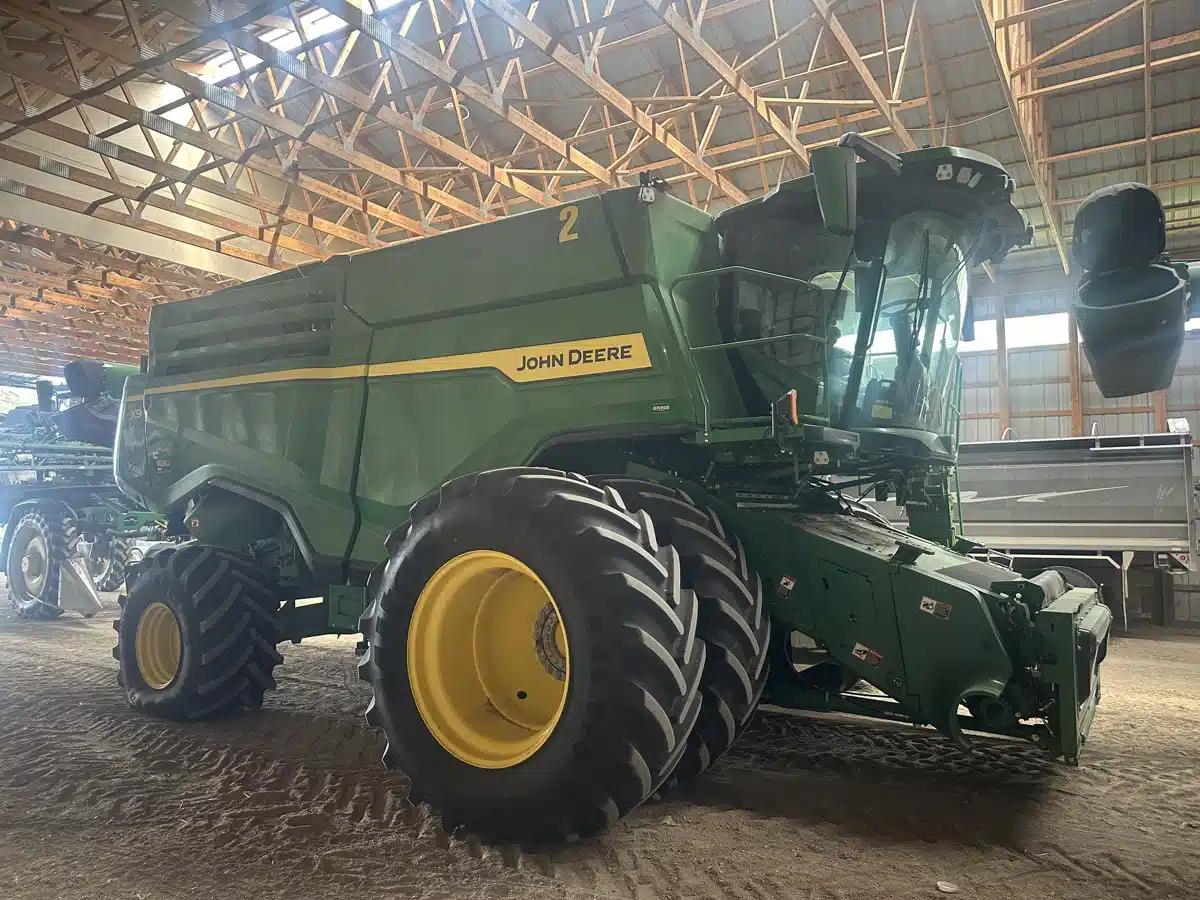New farm technology hitting the marketplace can be awfully enticing, and it’s not been unheard of in years gone by to cause a frenzied “must-buy” reaction from those wowed by a demonstration.
But just because the latest whiz-bang creation can, for the sake of argument, combine, check the markets, and cook an egg, all while holding a conversation, doesn’t necessarily mean it meets your vision for your farm.
Considerations
Read Also

Winter downtime: Organize your farm records now for smoother operation
How to organize farm finances paperwork
Fortunately, producers aren’t so tempted by the latest shiny thing that they’ll bring home without running the decision to buy it or not to buy through numerous considerations that are part of their vision for their farm and its future growth.
Darren Bond, a farm management specialist with Manitoba Agriculture, says farmers should ask some questions: “Does this save them time in completing jobs on the farm? Does this allow them to do tasks more efficiently to save money? Will this purchase allow them to produce more or produce a higher quality product and increase profitability on the farm?”
Producers will also consider whether a potential buy can reduce risk on their farm.
“Generally speaking, if the new purchase doesn’t accomplish one of these goals, the purchase does not go ahead,” says Bond.
How farmers weigh these variables will vary from operation to operation.
“Depending on the farmer’s vision and risk appetite for their farm, they will usually weigh these goals differently and prioritize investments in equipment and technology differently than other farms,” says Bond.
Importance of a business vision
Bond finds most family farms have a common vision for their farm.
“While some family farms and farmers change over time, grow apart and split their operations to become independent of each other, the vast majority of family farms stick together and evolve together,” says Bond.
Equipment and technology purchasing decisions are just one part of the overall vision for success for the farm, he says.
“Considering how costly farming has become and the amount of risk involved, it’s going to become even more important that family members on a family farm have a unified vision and are on the same page from a strategic planning perspective,” says Bond.
Budget tightening in 2025
Farm Credit Canada (FCC) senior economist Justin Shepherd advises farmers to match their technology or equipment purchases to their farm’s vision where it makes sense for their budget.
“The key for farmers is to know their financial numbers and make sure that the operation can afford it today, even if the tech enhancements may support a longer-term vision,” explains Shepherd. “Producers need to always ask themselves: Do the tech improvements, whether its enhancing yield, product quality, or a reduction in labour hours, balance my return on investment?”
Bond says that with the sector heading for tighter margins in 2025, many farmers are likely to be even more careful when considering any new equipment or technology purchases.
“New purchases will have to have a positive cost-benefit outcome with respect to increased productivity or reducing overall costs for the purchase to be made,” says Bond. “Having a clear vision on needs versus wants is incredibly important for success in managing in a tight margin environment.”
FCC’s Leigh Anderson adds that with falling commodity prices, high operating costs and lower profits, farmers are placing a greater emphasis on their price per acre equipment costs. The senior economist says that farmers are seeking cost saving measures, which include delaying purchases and planning to further reduce equipment costs.
The overall effect will be weaker demand for large farm equipment, which will in turn pressure sales and prices in 2025, FCC predicted in November 2024.
But Anderson adds that as demand slows and prices adjust, there could be buying opportunities for farmers who are considering investing in new equipment.
“Lower interest rates, combined with strong revenues in select sectors, could make it a great time to invest in new equipment as it’s more affordable per acre,” she says, but cautions that a lower Canadian dollar versus the U.S. greenback could see higher imported equipment prices.
Industry adjustments
Likely in the face of these anticipated changes, equipment makers are making adjustments,
Scott Garvey, a senior editor for machinery and equipment at Glacier FarmMedia, points out that John Deere and AGCO are starting to focus on the retrofit market, offering technology upgrades for existing machines, and thereby allowing farmers to get higher levels of digital capability and efficiency without needing to buy an entirely new machine.
Also, buyers can now get brands to unlock some high-tech features built into their equipment for a limited time, based on acreage or hours used, he says.
“That allows even smaller-scale growers to be able to afford more advanced features, such as spot spraying. We will see more of this in the future,” says Garvey.






